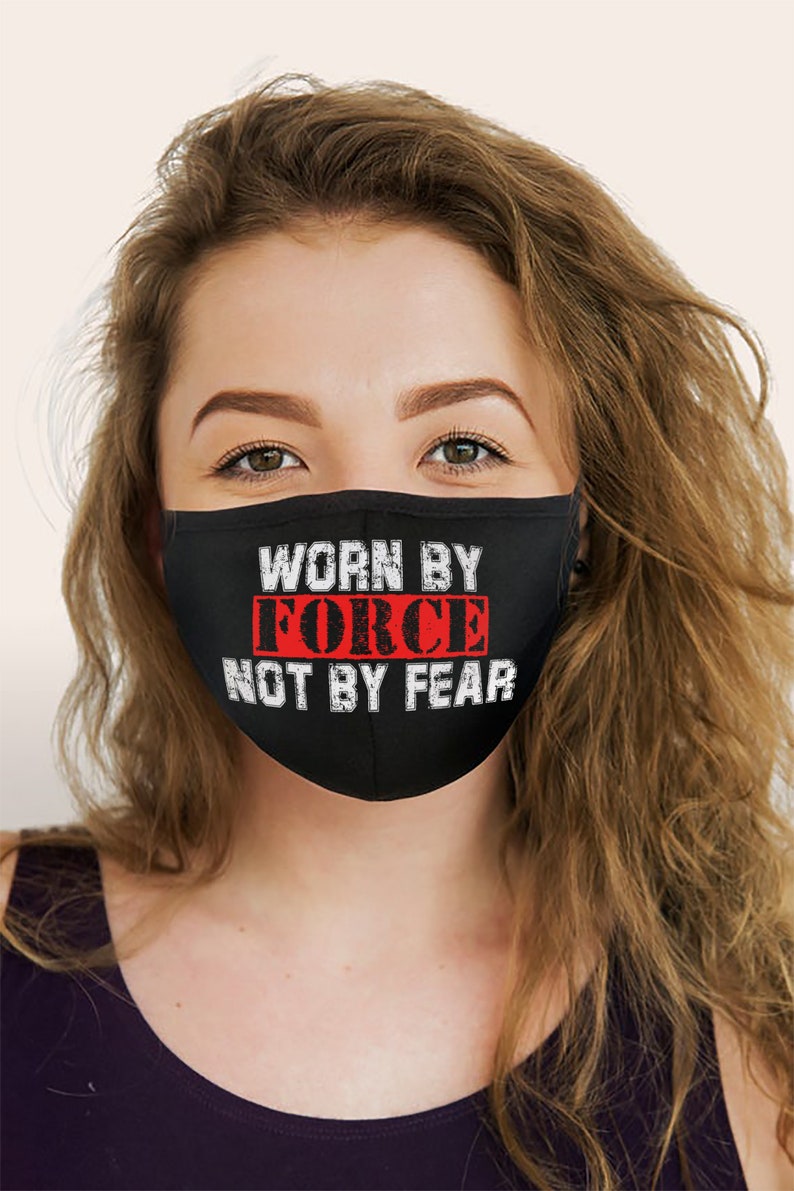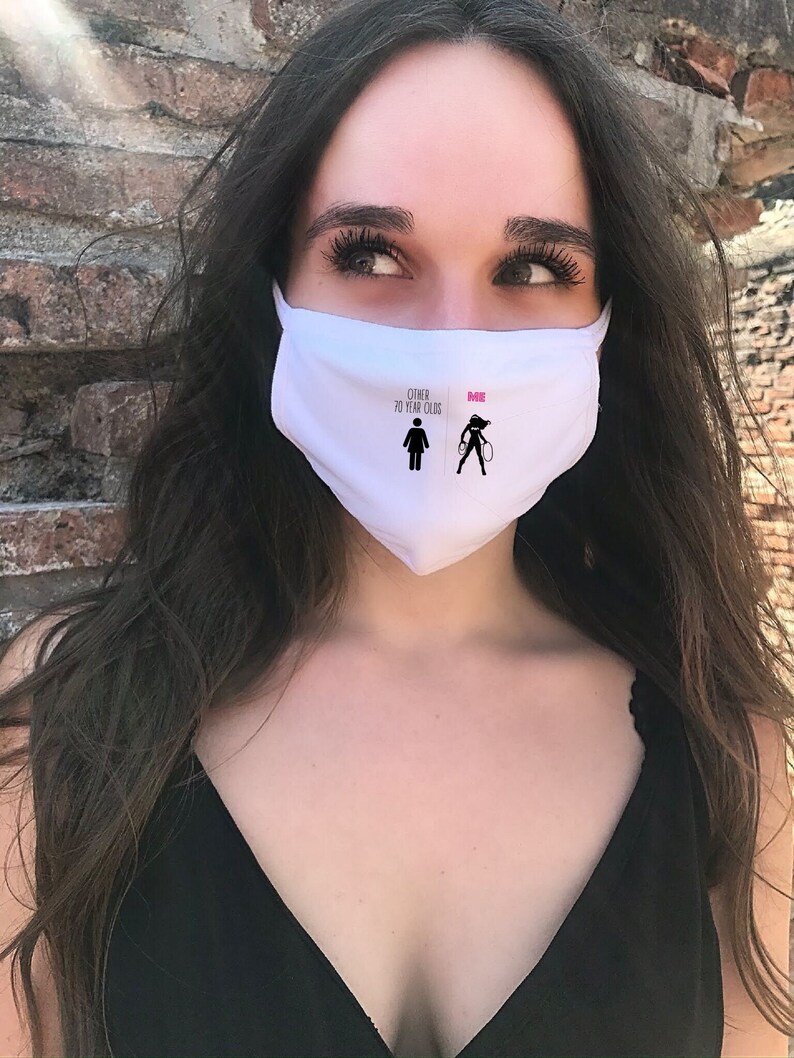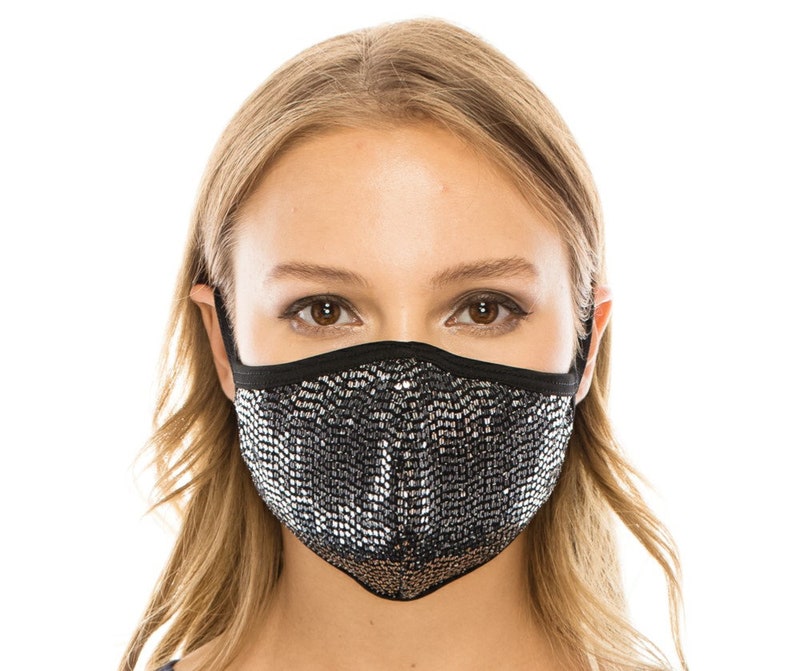

This would leave the truck visible but the sunset showing through. This is where Layer Masks in Photoshop can save the day! You can use a mask on the truck layer and then edit it to remove the sky. If the pictures of the truck and sunset are stacked in Photoshop, the truck is visible but not the sky. What if I replaced the boring blue sky with this dramatic sunset? Surely that would be a much more interesting photo, and maybe help the farmer sell his truck too. It’s alright, but the sky behind the truck isn’t very dramatic. Instead of using the Eraser tool, you use the Paintbrush (or other tools) to make any part of a layer visible, invisible, or transparent.Īs an example, here’s a picture of a truck on a farm. You could use the Eraser tool to remove part of the top layer, which is what I used to do when I first started using Photoshop years ago.Ī much better solution is to use a Layer Mask, which lets you show and hide any part of a layer. This is all well and good, but what if you put one layer on top of another layer and still want to see something on the layer below? This allowed editors to stack multiple image elements on top of each other to form a complete picture. In 1994, Photoshop Version 3 introduced a concept that blew the doors off the image editing industry: layers.


I added it in Photoshop with layer masking. And learning Layer Masks in Photoshop is one of the most important and useful tools for any editor. Pick one thing and learn that, and then move on to the next tool or technique. Rather than diving into the deep end and trying to learn every possible tool all at once, I recommend a more measured approach. Adobe Photoshop has so many buttons, tools, and options it can seem overwhelming and intimidating to beginner photo editors.


 0 kommentar(er)
0 kommentar(er)
